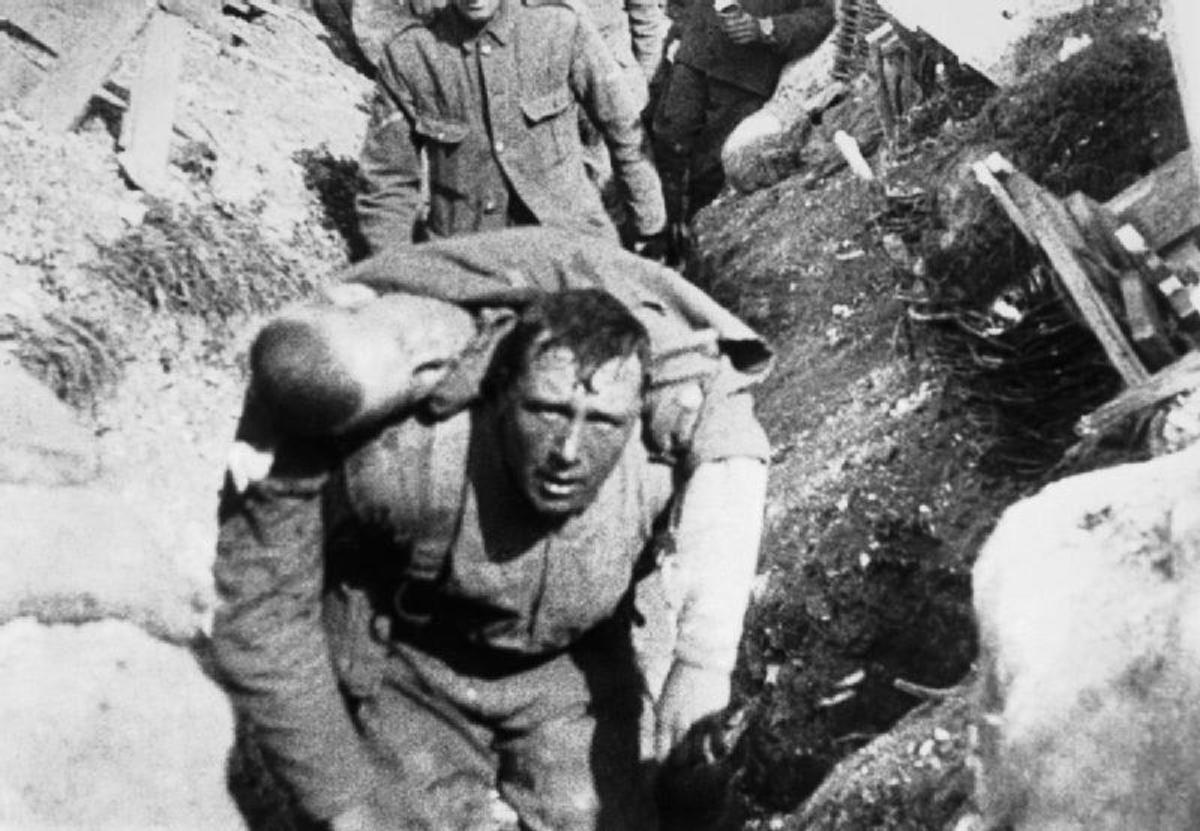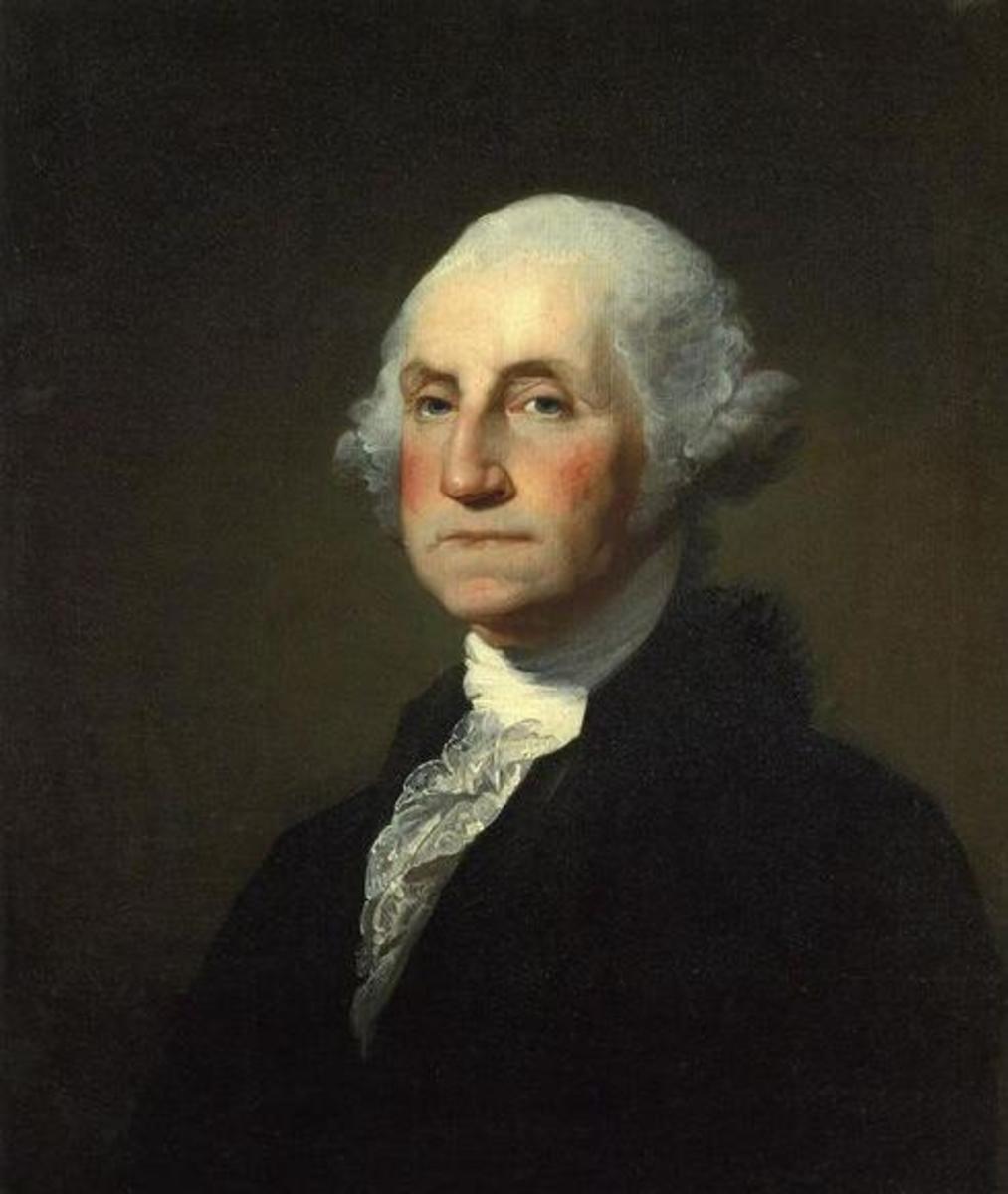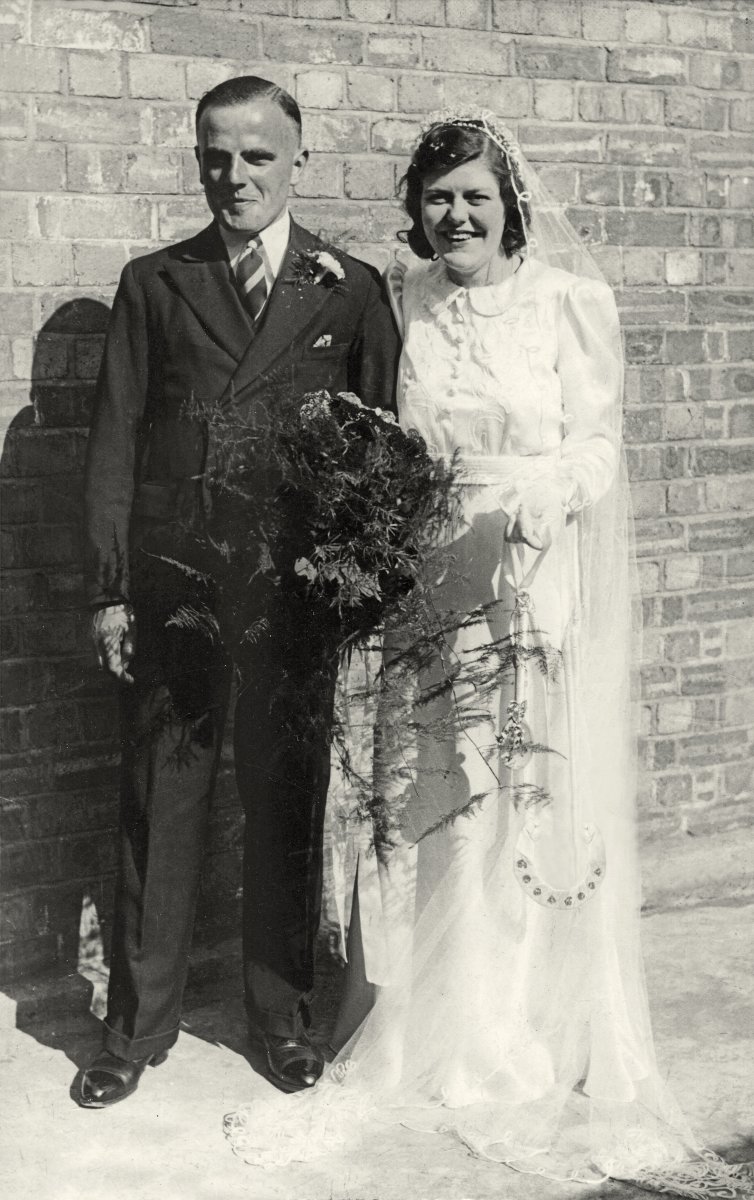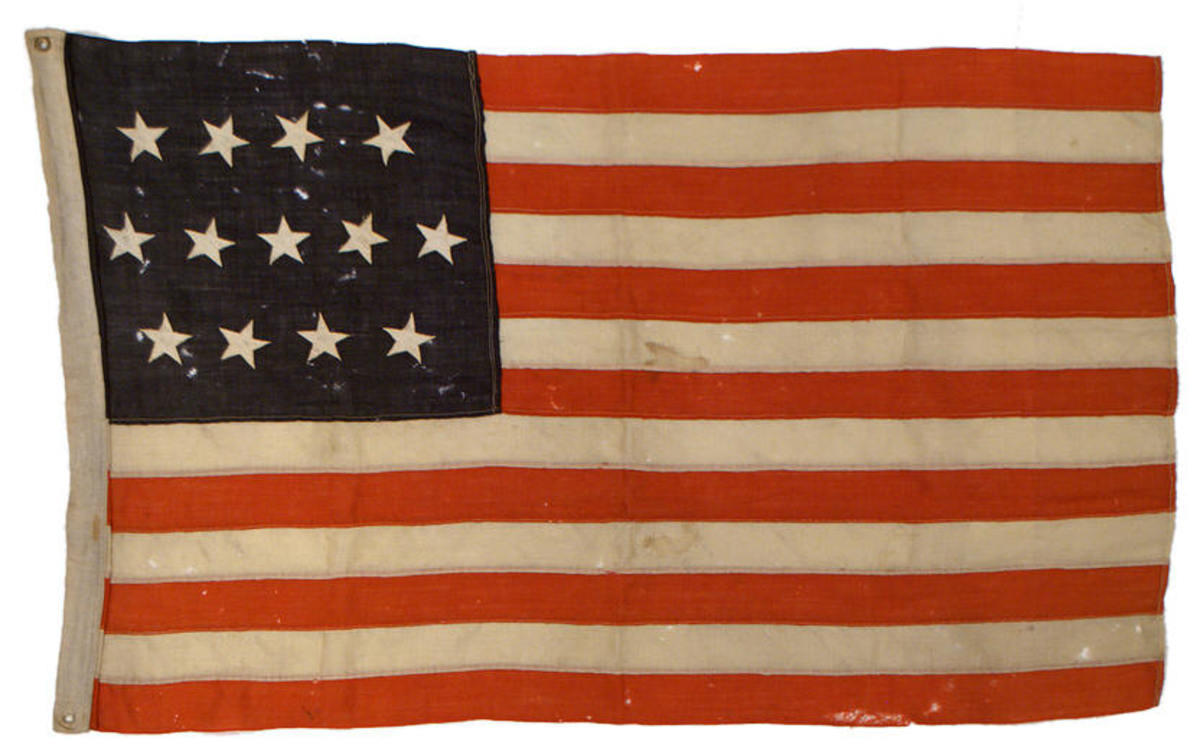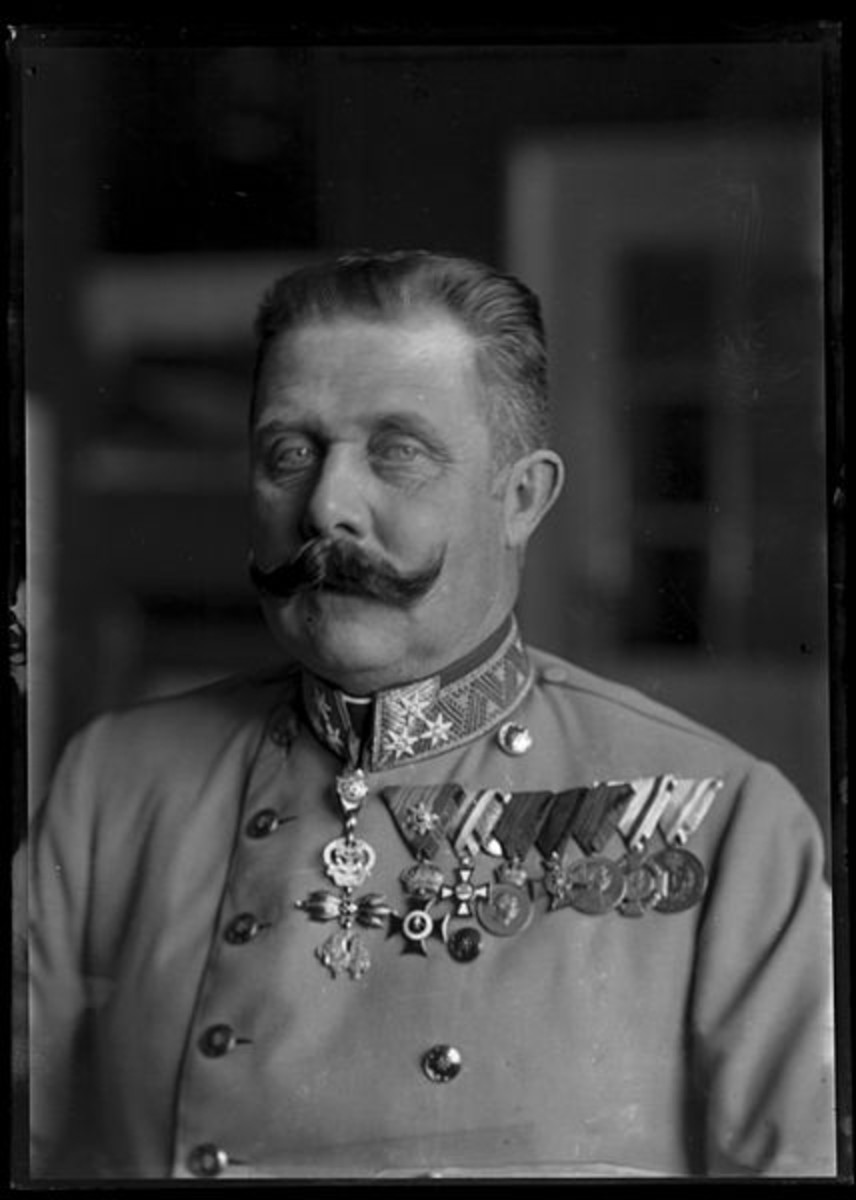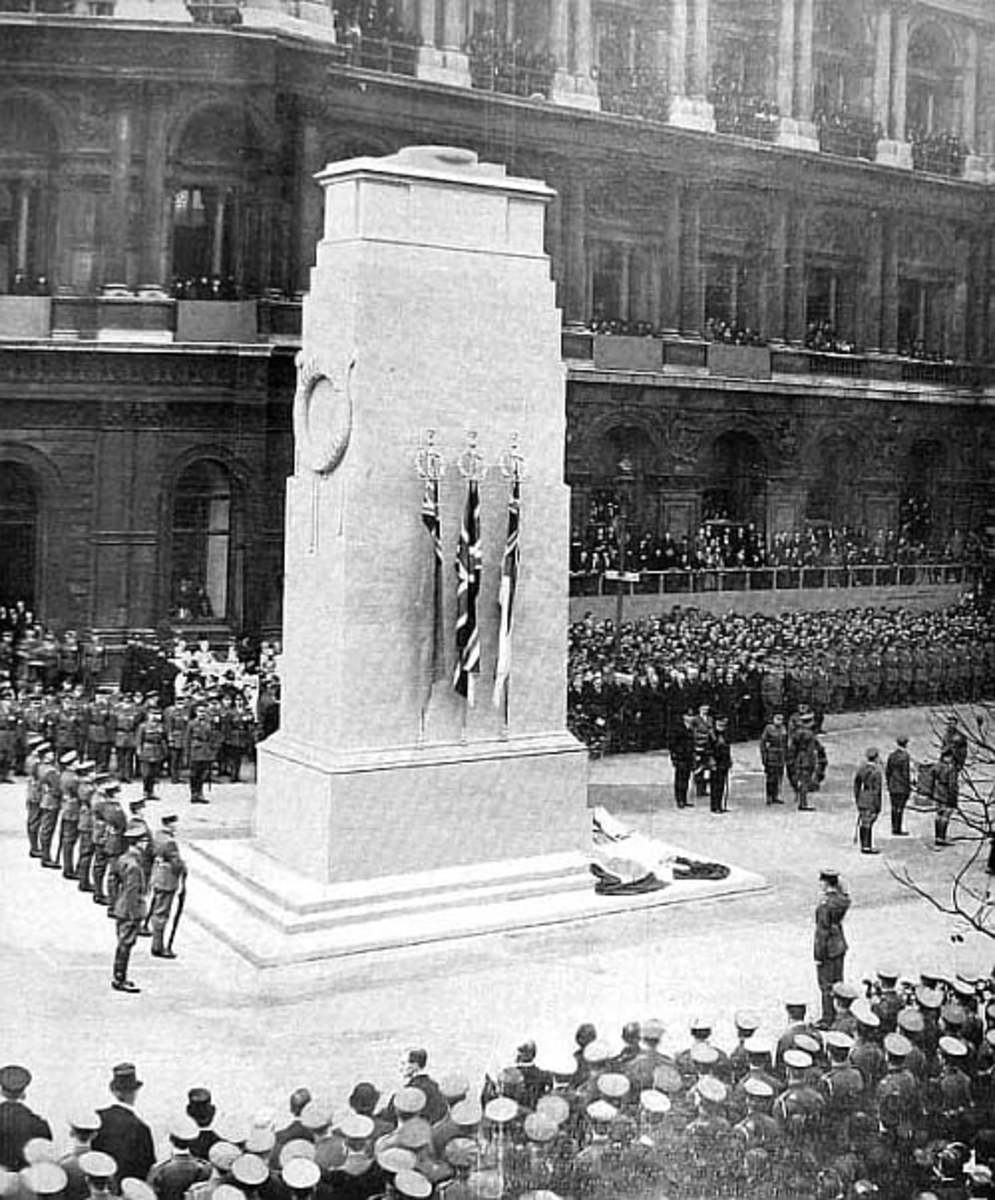- HubPages»
- Education and Science»
- History & Archaeology»
- History of the Modern Era»
- Twentieth Century History
Why there wasn't a revolution in Britain in 1918
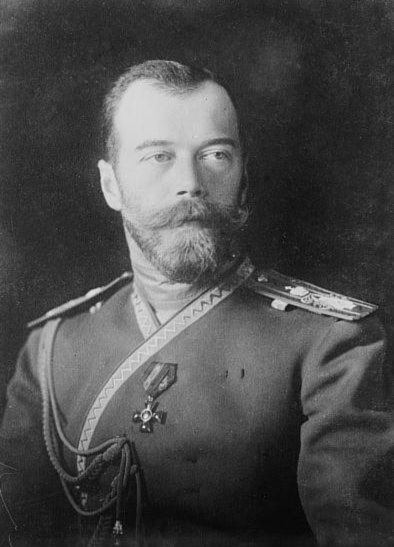
1917-1918 Revolution in Europe
The last years of the First World War and the immediate aftermath saw social unrest across Europe. The Russian Revolution of 1917 saw the toppling of the hereditary regime headed by the Tsar and the subsequent murder of him and his family. In Germany the failure to secure victory had not been accepted lightly, the Kaiser, Wilhelm II was forced to abdicate and fled to Holland, in order that the new Weimar Republic could sue for peace with the allies and have a slightly better bargaining position.
The role of the three major monarchs during the war had been different. The German Kaiser Wilhelm II hated democracy and was a powerful and autocratic ruler. The Kaiser was Commander in Chief of the armed forces and his son was a field commander on the Western Front. He was also forced to flee to Holland. The Tsar Nicholas was another powerful autocrat, who took control of his army during 1915 as its operations on the Eastern Front were failing. Further failures on the Eastern Front resulted in the Tsar losing the little popularity he had and ultimately was one of the reasons behind the revolution. King George V was in a different position- he was titular head of a democratic country with decisions made by its parliament. He could advise and receive advice from the Prime Minister and Ministers but he was more of a figurehead. He was busy during the war with an enormous schedule of personal visits undertaken by him and his wife, meeting troops and their families both at home and in the field in France. He encouraged , applauded and supported by his personal actions and deeds.
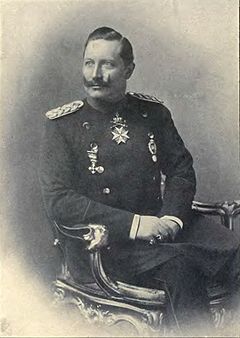
Growth of the state
The war time coalition government recognised that the aftermath of the First World War in Britain required the re ordering of society and the economy as the priority areas. During the war over three quarters of a million Britons had been killed, the majority being males in the 18-40 age groups. The civilian population had suffered, being deprived of consumer goods, food and some services, such as doctors were in short supply. There had been before the war a housing shortage and as few homes were built during the war it had become acute. However the war had brought some gains, full employment and wages that had increased regularly in line with inflation.
The war saw the growth of state intervention, turning away from the liberal free market ideals out of necessity. From 1916 Universal conscription had for the first time forced men to go to war and from February 1918 the whole population became involved with the rationing of food, first sugar and then meat, in order to ensure that there was a fair distribution. There were policies to support workers in key industries and the care of servicemen’s wives and families. All those who were part of society felt that they had played a role in the victory and had made some sort of sacrifice. The Liberal Prime Minister promised a “Land Fit for Heroes” and many felt that this was heroes on the home front as well as serving soldiers.
Reconstuction and Social Reform
In august 1917 Lloyd George established the Ministry of Reconstruction charged with “rebuilding national life on a better and more durable foundation” In 1918 free elementary education was provided to all and there was the creation of ladders of opportunity to allow poor but talented young people to progress in education. The Housing and Town Planning Act provided for local councils to assess the amount of housing they had for the working class and to plan new schemes. As a result of this some new housing schemes were planned, a series of subsidised houses to provide the necessary homes and to enable the slum clearance projects to start in some of the countries big cities. Launched by the housing minister, Dr Christopher Addison over 200,000 homes were built from treasury funds during 1919-1922.
In February 1918 the Representation of the People Act was passed which gave the right to vote to all men aged over 21 years, but also to women who were aged over 30 years and met minimal property qualifications. It is estimated that this gave the remaining 40 per cent of males the right to vote. The ideology was that if they were fit enough to fight then they were fit enough to vote. Women had played a crucial part during the war, encouraging their men folk to enlist and taking advantage of the new opportunities that working brought to them. The war managed to erode the barriers against women that years of protest had failed to dent.
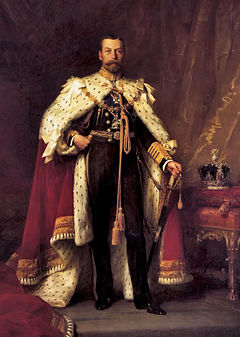
Work and the economy
De mobilisation after the war was not as quick as the soldiers wanted. There were incidents of rioting especially in Glasgow and Belfast .Initially in a scheme proposed by Lord Derby the first men to be demobilised were those who were needed for key industries. These men were usually those who had been conscripted later in the war and this caused resentment amongst the troops, especially those who had been in for the duration. On taking office in 1919 one of the first acts of Churchill was to bring in a new system based on age, length of service and number of war wounds. This usually meant that those with long service were demobilised first. There were problems with demobilised troops from the dominions awaiting transport home and there was a riot in a Canadian camp in Rhyl which resulted in a number of deaths. What we recognise as racism also sparked rioting in Liverpool and Cardiff in June 1919 as the local whites battled with black workers and seamen owing to a huge rise in unemployment in the area. Lynch mobs headed by Australian demobilised soldiers killed a number of blacks and over 600 blacks were sent home by the government which could not protect them.
At the immediate end of the war there was money to spend on goods that had not been available. Men were still being demobilised from the army and jobs were easily available. There was a mini boom starting in March 1919 and lasting for about one year- but as the year ended consumer demand dropped, now sated and unable to pay the higher prices caused by high rates of inflation. By the middle of 1921 Britain’s economy had slumped and jobs became scarce.
The immediate post war period saw further provision of state welfare policies. The War pensions Act of 1919 ensured statutory provision for pensions for officers and men who had been injured in the war. The Coal Mines Act which reduced the hours that a man could spend underground, thereby acknowledging the need for safety at work in one of the most dangerous occupations. The Ministry of Health Act charged the minister with taking measures contusive to the general health of the people. It was seen as a growing awareness of the need for state intervention in society.
The Royal Family
The King had acted quickly in 1917 to change the family’s name from Saxe Coburg Gotha to Windsor a British sounding name, denying accusations of pro German sympathies from the author H.G.Wells. Following victory in the war the country was flooded with patriotism , King George and his wife, Queen Mary were driven through the streets of London surrounded by jubilant cheering crowds. By the end of November 1918 the King toured the battle fields of France and Belgium to meet and thank the cheering troops. The King continued his ceaseless round of meeting and greeting the troops and his actions contributed to the soaring popularity of the monarchy.
It was perhaps the unique situation that Britain found itself in that reduced the opportunity for revolution in 1918. The country had won the war which was good for morale and in the immediate period there was employment and the promise of social reform and increased welfare provision. The Royal family was well regarded and the King had given his personal reputation a boost by working hard and mixing with his people.



